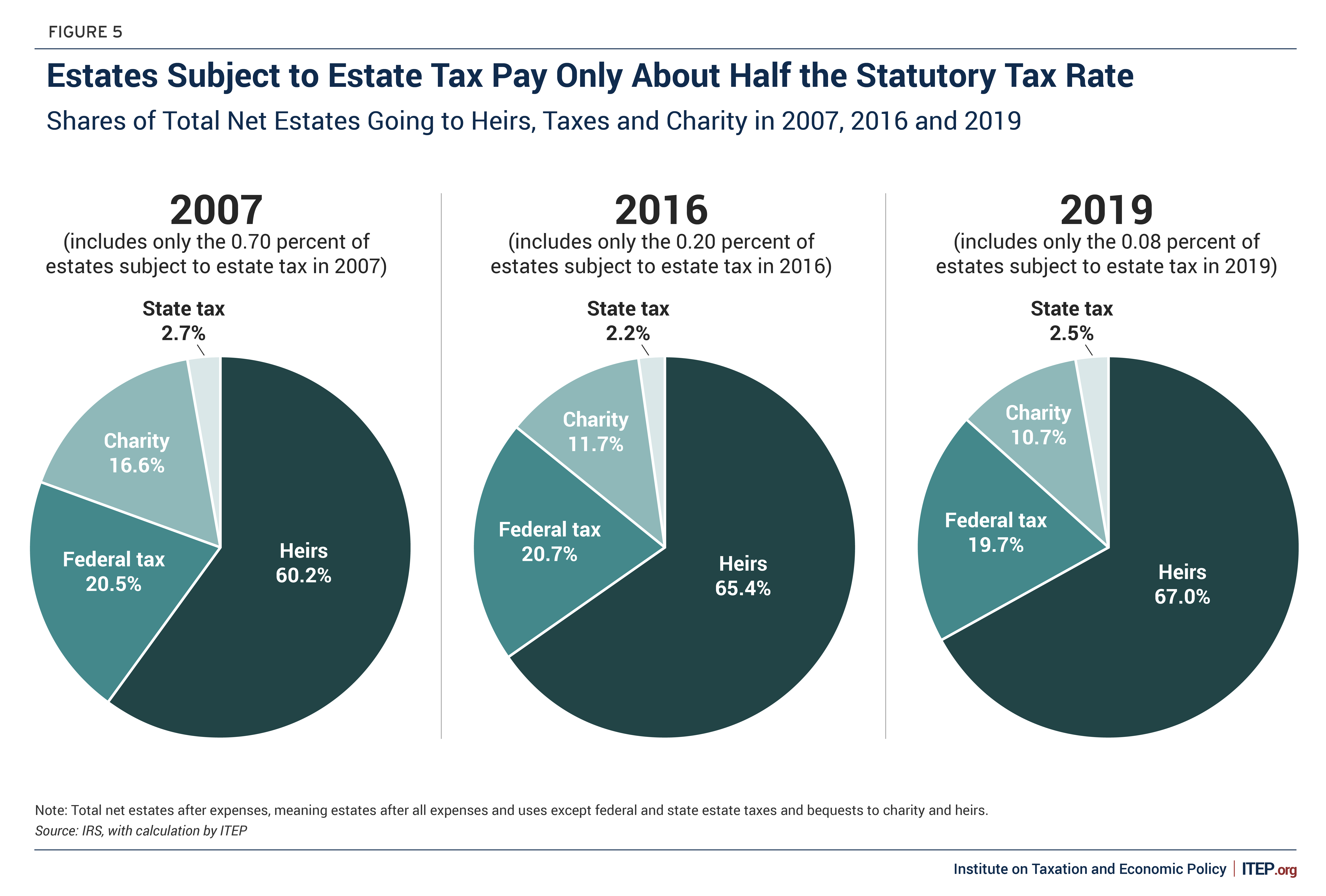All Categories
Featured
Table of Contents

Section 691(c)( 1) offers that an individual who consists of a quantity of IRD in gross earnings under 691(a) is permitted as a deduction, for the exact same taxable year, a section of the inheritance tax paid because the incorporation of that IRD in the decedent's gross estate. Normally, the amount of the reduction is calculated using estate tax values, and is the quantity that bears the same proportion to the estate tax obligation attributable to the net worth of all IRD products consisted of in the decedent's gross estate as the value of the IRD consisted of because person's gross revenue for that taxable year bears to the worth of all IRD things included in the decedent's gross estate.
Rev. Rul., 1979-2 C.B. 292, addresses a situation in which the owner-annuitant acquisitions a deferred variable annuity agreement that supplies that if the proprietor passes away prior to the annuity beginning date, the named recipient might choose to obtain the present accumulated value of the agreement either in the kind of an annuity or a lump-sum settlement.
Rul. 79-335 ends that, for functions of 1014, the contract is an annuity described in 72 (as then effectively), and as a result receives no basis change by factor of the owner's fatality since it is governed by the annuity exemption of 1014(b)( 9 )(A). If the beneficiary elects a lump-sum settlement, the excess of the quantity got over the amount of consideration paid by the decedent is includable in the recipient's gross earnings.
Rul. Had the owner-annuitant surrendered the agreement and received the quantities in unwanted of the owner-annuitant's financial investment in the agreement, those quantities would have been revenue to the owner-annuitant under 72(e).
Inherited Annuity Payouts tax liability
Furthermore, in the present case, had A surrendered the contract and received the amounts moot, those amounts would have been revenue to A under 72(e) to the extent they went beyond A's investment in the contract. Accordingly, amounts that B receives that exceed A's investment in the agreement are IRD under 691(a).
, those amounts are includible in B's gross income and B does not receive a basis change in the agreement. B will be qualified to a deduction under 691(c) if estate tax was due by factor of A's fatality.
PREPARING Details The principal writer of this earnings judgment is Bradford R.
Single Premium Annuities inheritance taxation
Q. How are annuities taxed as exhausted inheritance? Is there a distinction if I inherit it straight or if it goes to a count on for which I'm the beneficiary? This is a wonderful question, but it's the kind you must take to an estate preparation attorney who understands the details of your circumstance.
What is the partnership between the departed proprietor of the annuity and you, the beneficiary? What kind of annuity is this?
We'll assume the annuity is a non-qualified annuity, which implies it's not part of an Individual retirement account or other competent retired life strategy. Botwinick claimed this annuity would certainly be added to the taxable estate for New Jersey and government estate tax functions at its date of death value.
Tax implications of inheriting a Annuity Withdrawal Options

person spouse exceeds $2 million. This is recognized as the exemption.Any quantity passing to an U.S. person spouse will be completely exempt from New Jersey inheritance tax, and if the proprietor of the annuity lives throughout of 2017, after that there will certainly be no New Jacket inheritance tax on any type of amount because the inheritance tax is set up for abolition beginning on Jan. Then there are federal estate tax obligations.
The existing exception is $5.49 million, and Botwinick stated this tax is possibly not disappearing in 2018 unless there is some major tax obligation reform in an actual rush. Fresh Jacket, government inheritance tax regulation gives a complete exception to amounts passing to enduring united state Next, New Jacket's inheritance tax.Though the New Jersey inheritance tax is arranged

to be repealed in 2018, there is norepeal arranged for the New Jacket inheritance tax, Botwinick said. There is no government inheritance tax. The state tax is on transfers to everyone aside from a particular class of individuals, he said. These include spouses, youngsters, grandchildren, parent and step-children." The New Jacket inheritance tax uses to annuities simply as it relates to other properties,"he said."Though life insurance policy payable to a certain recipient is exempt from New Jacket's estate tax, the exemption does not use to annuities. "Currently, revenue taxes.Again, we're thinking this annuity is a non-qualified annuity." Basically, the earnings are tired as they are paid out. A part of the payout will be treated as a nontaxable return of financial investment, and the incomes will be strained as common income."Unlike acquiring other assets, Botwinick stated, there is no stepped-up basis for inherited annuities. If estate tax obligations are paid as a result of the incorporation of the annuity in the taxed estate, the recipient might be qualified to a deduction for inherited earnings in respect of a decedent, he said. Annuity settlements are composed of a return of principalthe cash the annuitant pays right into the contractand interestearned inside the agreement. The rate of interest part is tired as common revenue, while the primary quantity is not taxed. For annuities paying out over a more extensive duration or life expectations, the primary part is smaller sized, resulting in less taxes on the monthly payments. For a couple, the annuity agreement may be structured as joint and survivor to make sure that, if one partner dies , the survivor will certainly continue to get guaranteed settlements and take pleasure in the same tax obligation deferral. If a beneficiary is called, such as the pair's youngsters, they become the recipient of an acquired annuity. Recipients have multiple alternatives to think about when choosing exactly how to obtain money from an inherited annuity.
Table of Contents
Latest Posts
Exploring the Basics of Retirement Options Key Insights on What Is A Variable Annuity Vs A Fixed Annuity Breaking Down the Basics of Fixed Annuity Or Variable Annuity Advantages and Disadvantages of F
Exploring the Basics of Retirement Options Everything You Need to Know About Annuities Fixed Vs Variable Breaking Down the Basics of Fixed Index Annuity Vs Variable Annuities Benefits of Pros And Cons
Analyzing Fixed Vs Variable Annuity Pros Cons Key Insights on Your Financial Future Breaking Down the Basics of Immediate Fixed Annuity Vs Variable Annuity Pros and Cons of Various Financial Options W
More
Latest Posts